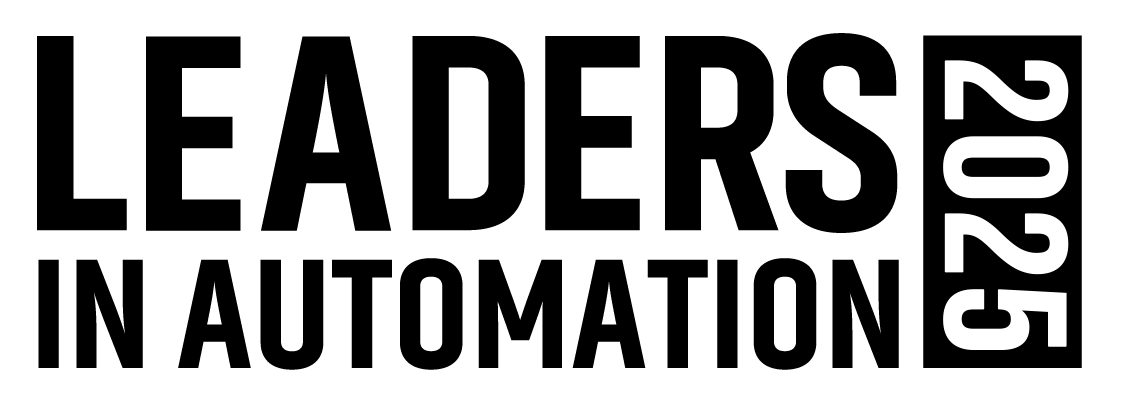- Electric heating systems offer up to 100% energy efficiency compared to gas systems' 50-70% efficiency.
- Companies are successfully retrofitting existing gas-fired systems for applications like high-pressure valve testing, furnace/oven operations and tank heating, achieving simpler integration, cleaner operation and reduced maintenance costs without requiring complete system overhauls.
- Electrification delivers measurable benefits including eliminated fuel delivery logistics, improved indoor air quality through reduced makeup air requirements, lower operating costs and enhanced ESG reporting value for manufacturers pursuing decarbonization strategies.
As companies move beyond pilot programs and hypothetical conversations, electrification is increasingly seen as a cornerstone of industrial modernization strategies. Whether driven by energy efficiency mandates, long-term cost savings or a desire to modernize aging infrastructure, companies are beginning to integrate electric heating solutions into operations once dominated by gas-fired systems.
Here, we take a closer look at the real-world challenges, technical considerations and operational benefits of making the switch to electrical heating systems as well as emerging trends shaping the future of electric heating.
Shifting away from gas-fired systems
Gas-fired heating systems have long been the standard in process heating due to their relatively low upfront cost and ease of availability. But as energy demands grow and emissions regulations tighten, the limits of these legacy systems become more apparent.
Many gas-fired systems struggle with uneven heat distribution, slower response times and less precise temperature control, especially in applications requiring high accuracy or rapid cycling. Maintenance, fuel delivery logistics and safety hazards related to combustion also contribute to operational inefficiencies. Those inefficiencies can translate into missed targets and increased compliance risk.
One large automotive manufacturer, faced with the need to upgrade gas fired burners on its paint line to meet current environmental regulations, found that moving to electrification of the line allowed them to eliminate a large thermal oxidizer tied to the process.
Natural gas fired systems that meet the present-day environmental regulations have low thermal efficiencies, ranging between 70% and 50%. Compare this to electrically heated systems that can deliver up to 100% energy transfer to a process.
Electric heating in industry is not a futuristic concept — it is a proven solution. While new equipment can be designed electric from the ground up, many facilities are opting for retrofits of existing systems, providing a cost-effective bridge toward modernization.
Retrofitting allows companies to take advantage of existing mechanical infrastructure while upgrading the heating elements, controls and power source. This reduces the need for complete system overhauls and minimizes production downtime.
Technical requirements of electrification
Of course, electrification comes with technical requirements that must be assessed early in the planning phase. One of the first considerations is converting thermal demand from BTUs (used in gas systems) to watts (used in electric systems) to determine the appropriate heating capacity. Natural gas fired systems that meet the present-day environmental regulations have low thermal efficiencies, ranging between 70% and 50%. Compare this to electrically heated systems that can deliver up to 100% energy transfer to a process.
Electrical heat sources also provide infinite turndown (i.e., the ability to operate in a range from maximum to zero output) compared to gas fired systems. In general, it is understood that direct gas fired burners have a 25:1 turndown ratio, allowing them to operate at anywhere from 4% to 100% of their maximum capacity. In contrast, indirect gas burners typically have a 2:1 turndown ratio, restricting their heat output to a range of 50% to 100% of full capacity. Electrical heating’s capability to provide infinite turndown results in overall better process control.
Two key areas to investigate to determine your requirements for a gas-to-electric shift are:
- Look at your facility’s current electrical infrastructure, do you have the capacity to support the additional electrical load?
- Is the distribution system adequate?
Other technical factors include selecting the right control architecture, determining whether existing PLCs or temperature controllers are compatible, and ensuring heaters are matched to the application’s response time and material compatibility requirements.
Electric heating applications and benefits
We are seeing an uptick in successful electric heating retrofits across several key industrial applications, such as:
- High-pressure valve testing: Electric heating elements deliver precise, consistent temperatures for accurate performance validation. The ability to control ramp-up and soak times is critical for repeatable test results.
- Furnace/oven retrofits: Many OEMs and integrators are replacing traditional gas burners on furnaces and ovens with electric alternatives. The results: simpler integration, cleaner operation and greater control over system performance.
- Tank heating and freeze protection: Electric band heaters, immersion heaters or silicone heating blankets provide safe, consistent temperature control without the need for combustion-based systems.
Each of these use cases demonstrates how electric heating can meet or exceed the performance of gas-fired systems while improving safety and reducing emissions.
Retrofitting allows companies to take advantage of existing mechanical infrastructure while upgrading the heating elements, controls and power source. This reduces the need for complete system overhauls and minimizes production downtime.
Additional benefits of electrification include lower maintenance and operating costs and reduced downtime due to the simplified design of electric heating systems (i.e., no fuel lines, burners or exhaust systems to manage).
A key safety benefit of eliminating combustion is the reduced demand for makeup air, which fossil fuel systems typically require, resulting in improved indoor air quality.
Sustainability benefits of electrification
Electric systems, especially those powered by renewable energy, contribute to decarbonization strategies. For manufacturers with ESG reporting requirements, this can offer both reputational and financial value.
And as utility providers and regulatory agencies push for cleaner energy usage, industrial electrification will only become more widespread. Future developments include:
- Greater integration with Industry 4.0 systems.
- Electrified heat sources paired with AI-based control systems.
- Demand-side energy management and predictive maintenance.
We expect electric heating to be not just an alternative in the future, but the new default for a growing range of industrial applications.
With that said, electrification is not a one-size-fits-all solution. But for operations looking to reduce their environmental footprint, gain better control over their heating processes and stay competitive in an evolving market, it is quickly becoming a foundational investment.
GTH’s experience with industrial electrification
Whether through retrofits or full system redesigns, electrification is helping manufacturers unlock new levels of performance, reliability and sustainability. For industrial teams exploring electrification, partnering with an experienced integrator like George T. Hall Company (GTH) can streamline the process, reduce implementation risk and ensure long-term operational success.
At GTH, we pride ourselves as experts on retrofit projects across a wide range of industries, helping our customers evaluate thermal demand, optimize control strategies and transition legacy systems to modern electric solutions.
GTH is a supplier-agnostic integrator, meaning that we help customers select electric heating components and control platforms tailored to each unique application — whether that means tight temperature control, rapid cycling or material compatibility in demanding environments.
Expertise in combustion safety and process control is especially critical when migrating from gas-fired systems to electric systems. At GTH, our engineers work closely with plant teams to ensure that upgraded systems meet performance expectations while enhancing safety and compliance.
Ron Heintskill is senior project engineer at George T. Hall Company, a certified member of the Control System Integrators Association (CSIA). For more information about George T. Hall Company, visit its profile on the CSIA Industrial Automation Exchange.
More of GTH’s integrator insights from Automation World:
About the Author

Leaders relevant to this article:
